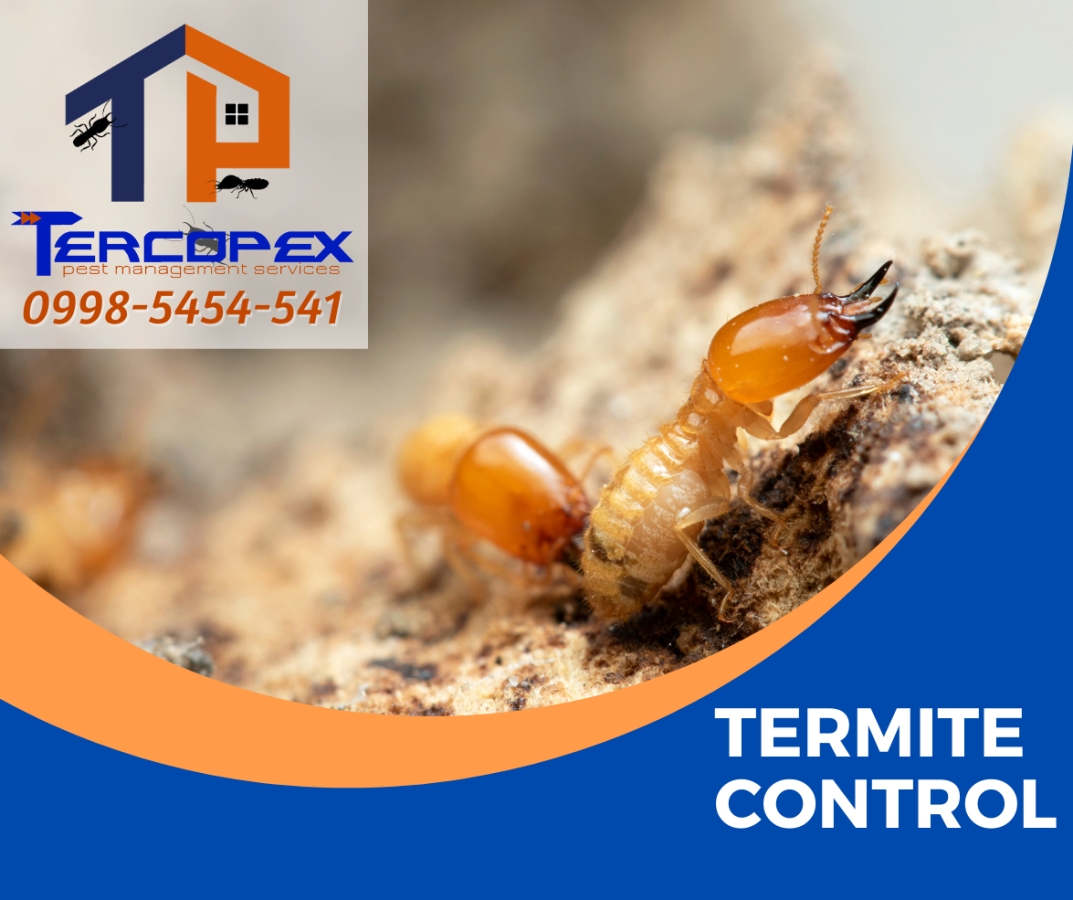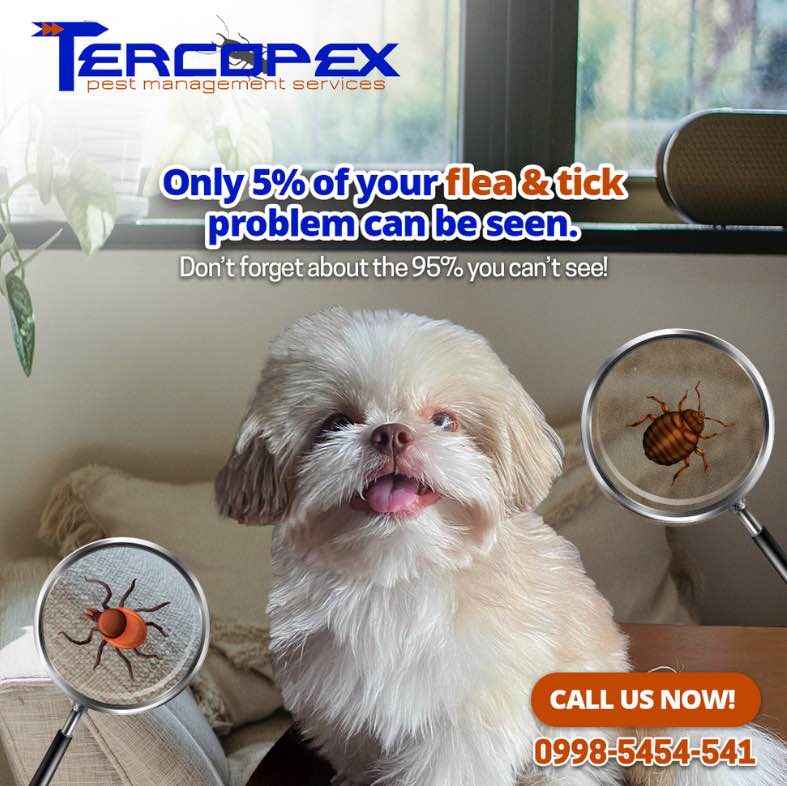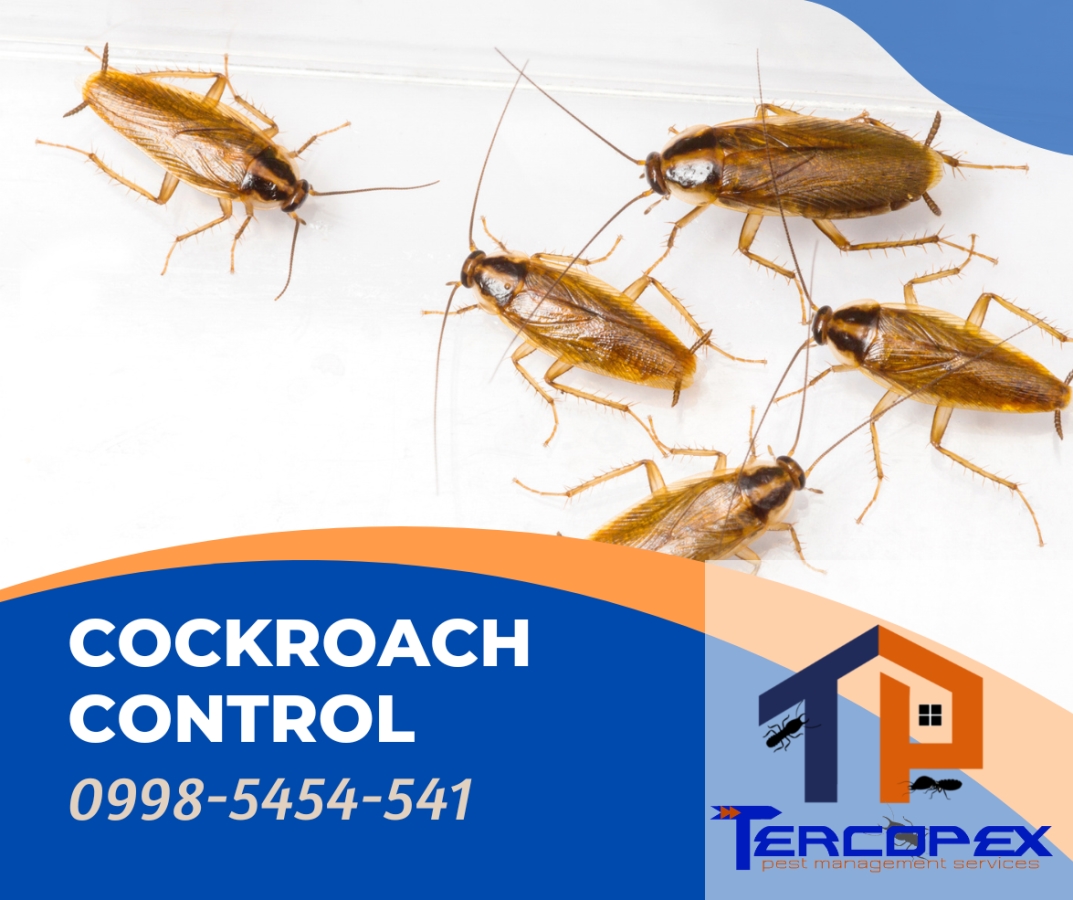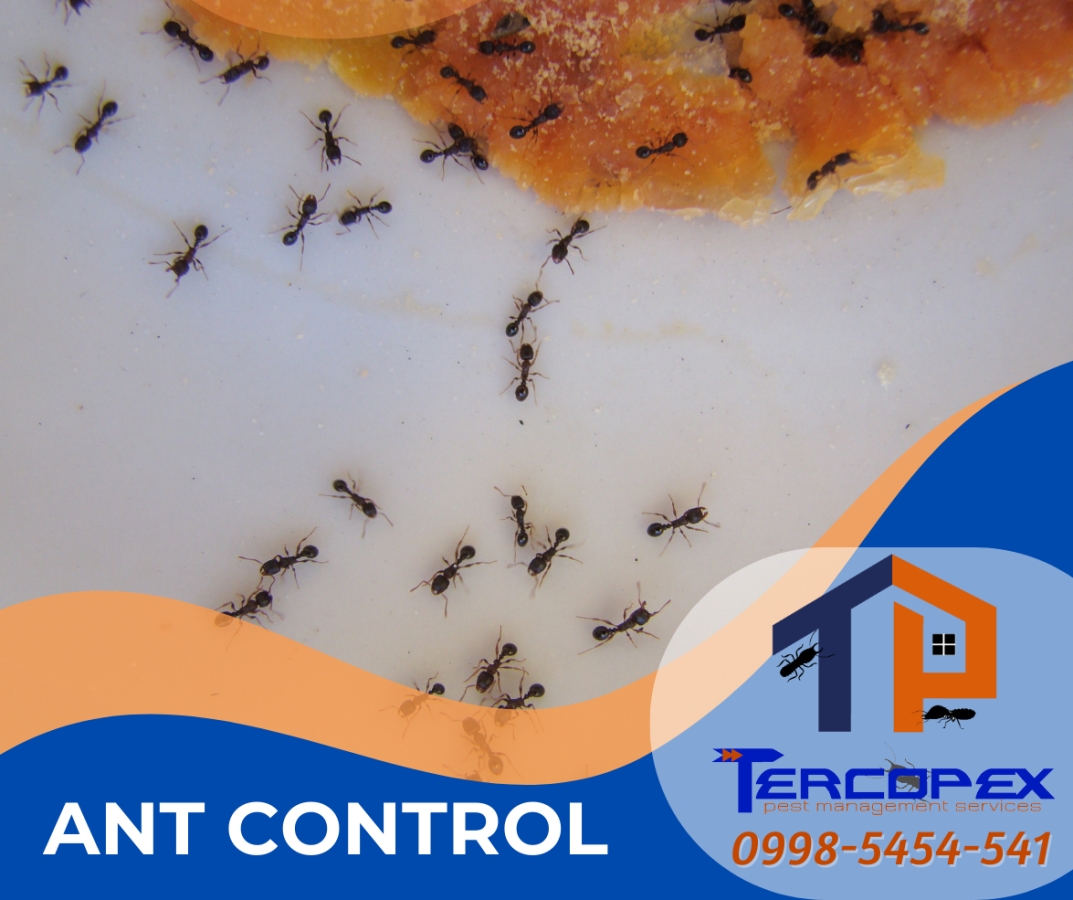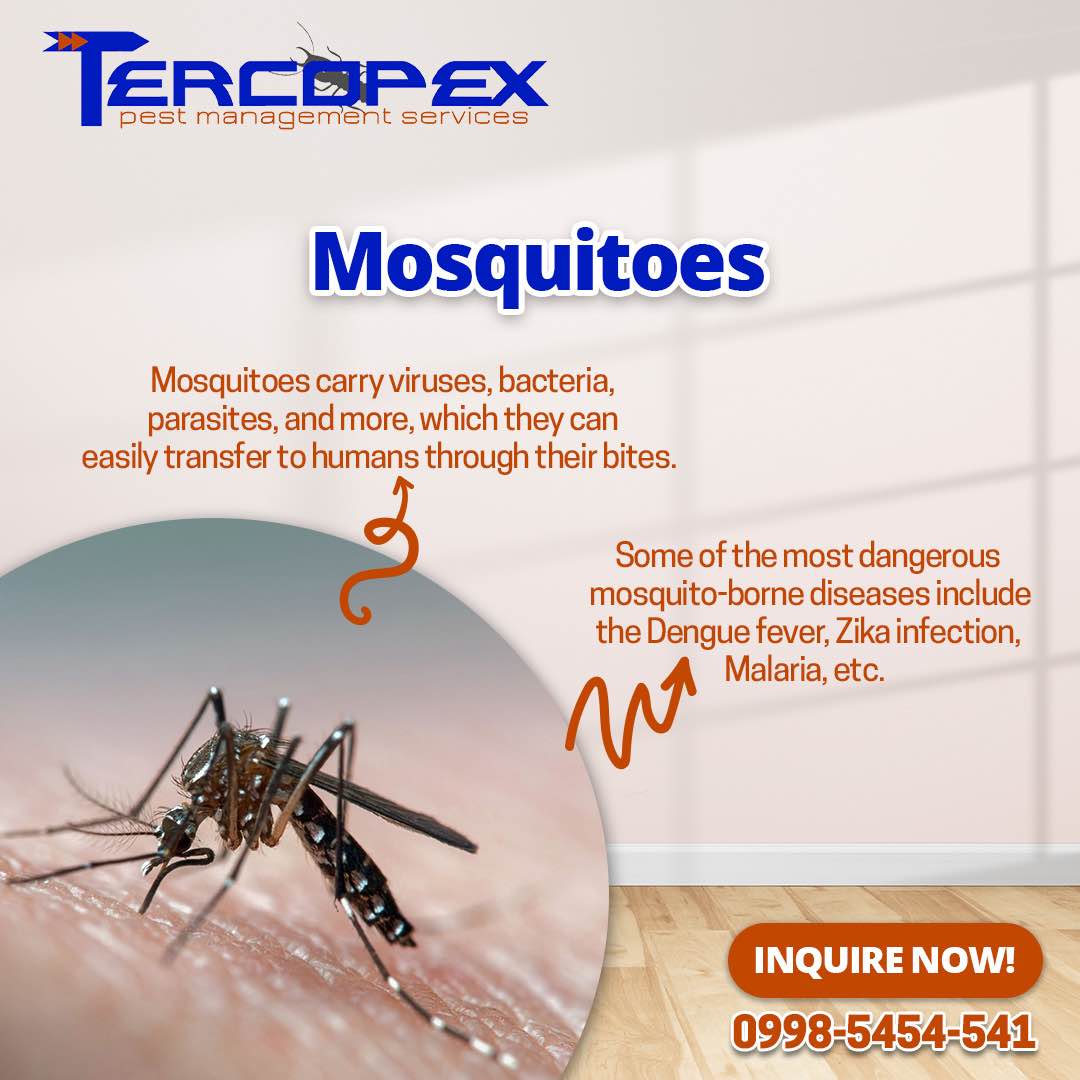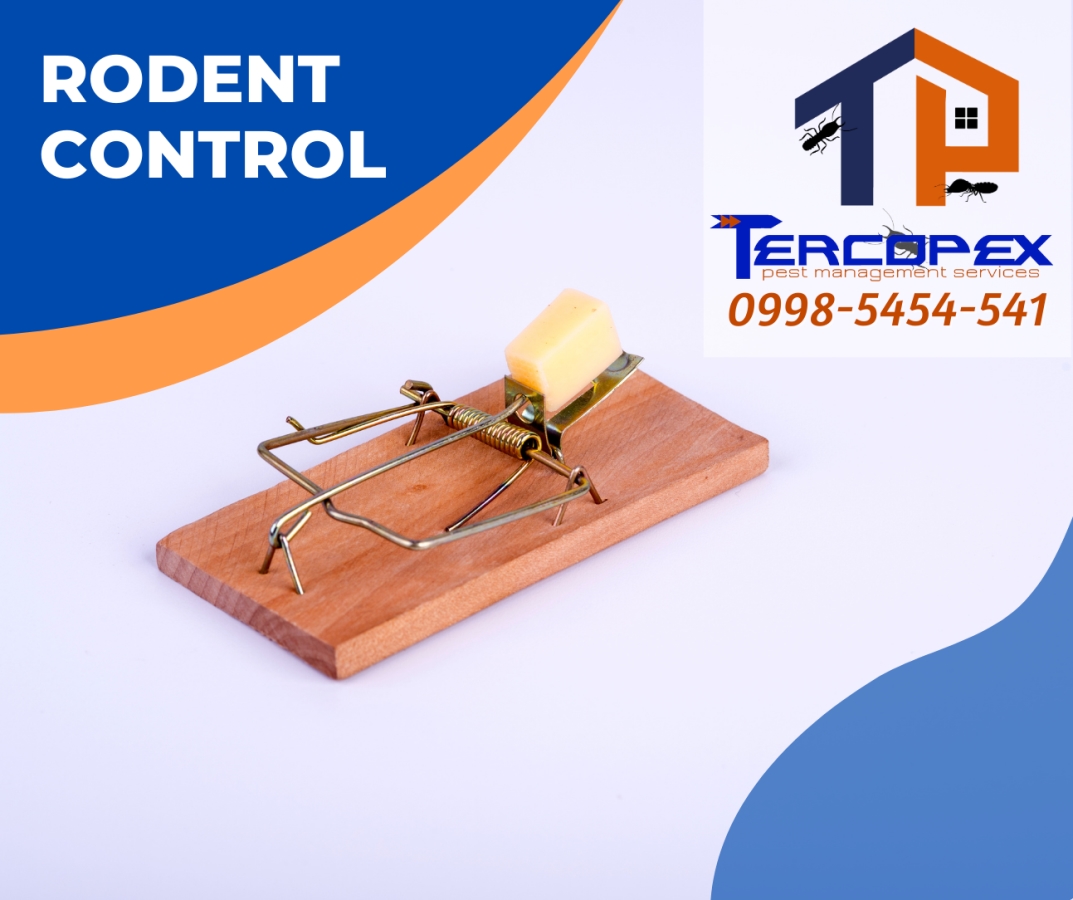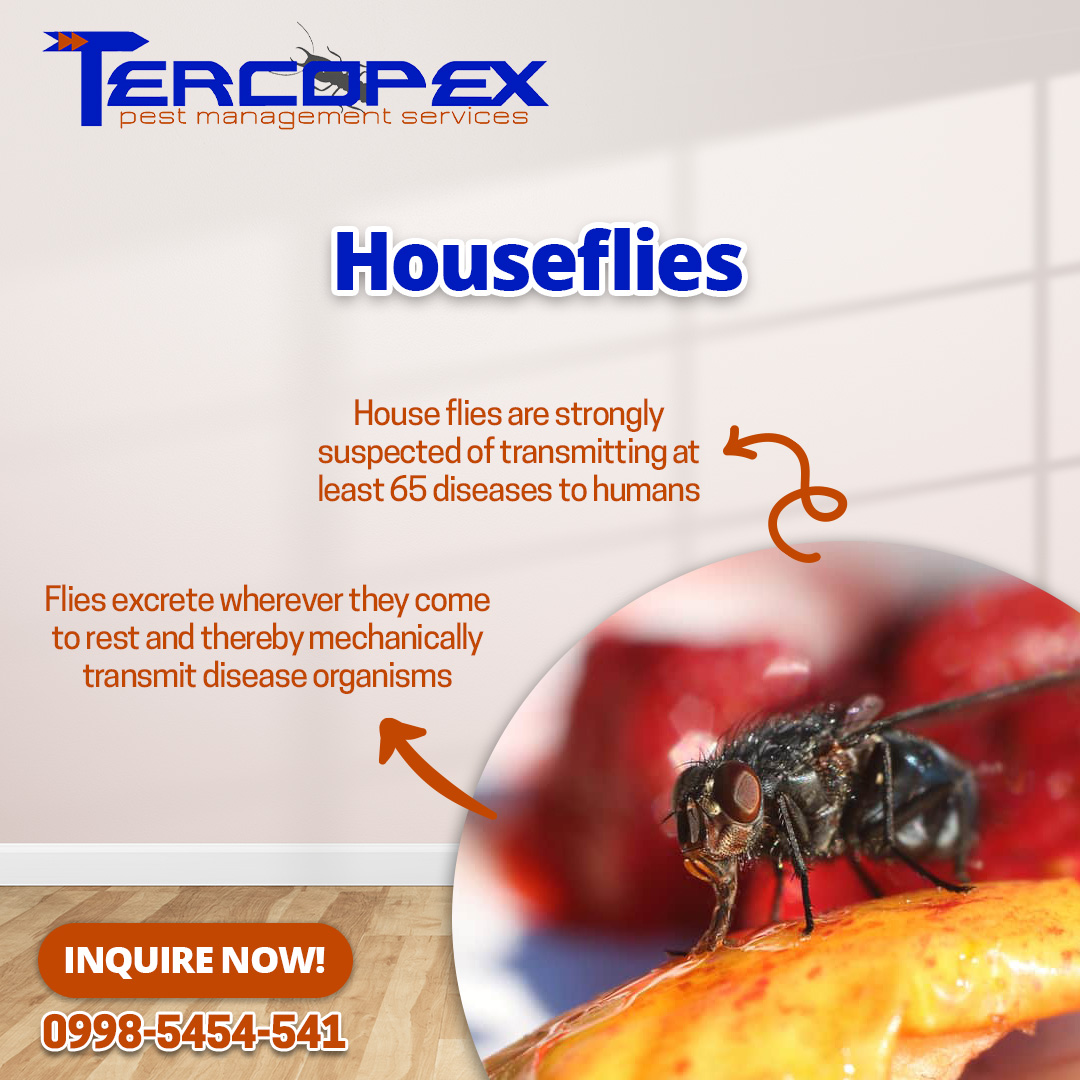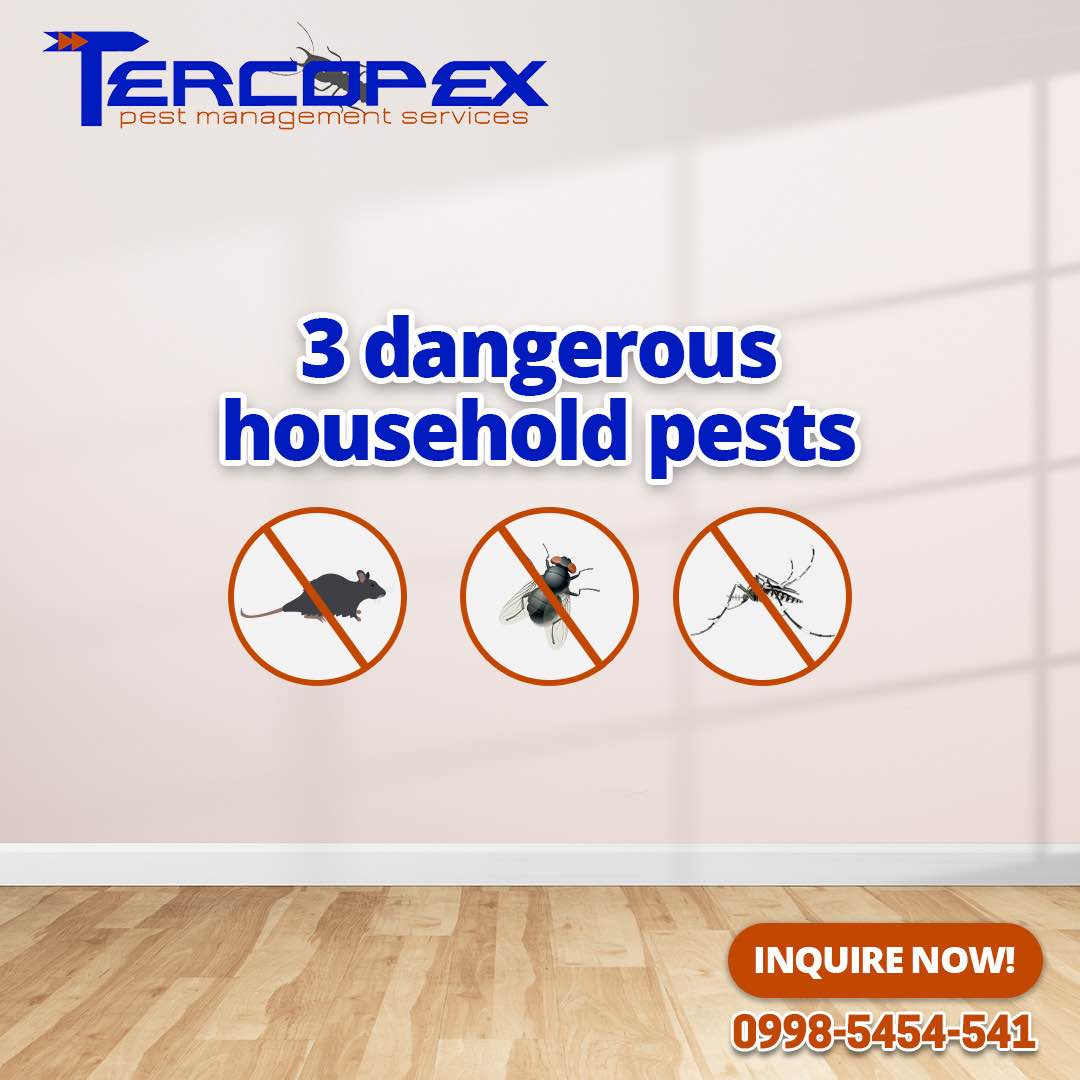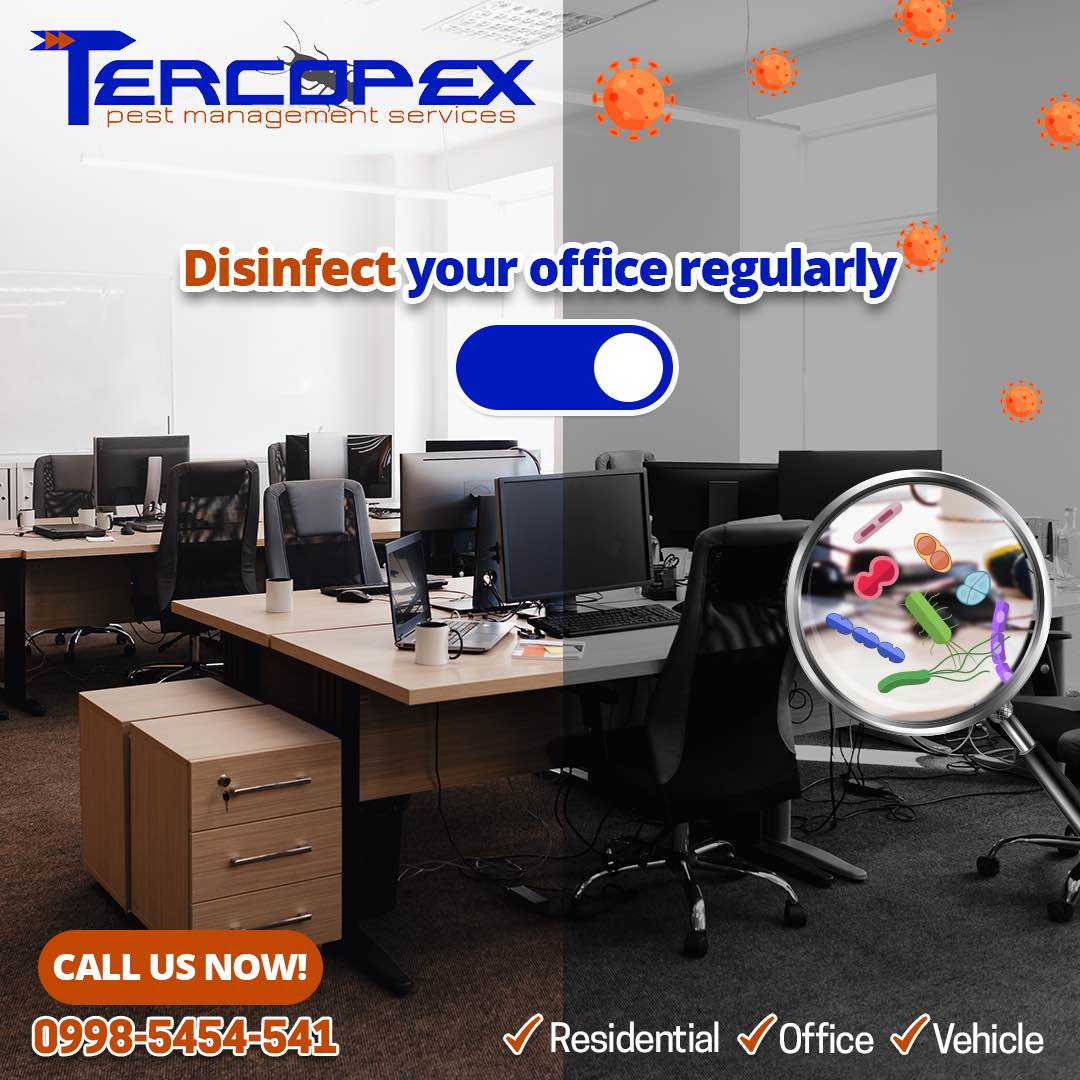Zambales province, located in the Central Luzon region of the Philippines, is known for its stunning coastline, rich natural resources, and vibrant communities. With its diverse landscapes that encompass mountains, forests, and coastal areas, pest control plays a crucial role in maintaining a healthy environment for residents and preserving the province’s natural beauty. Covering an area of approximately 3,714 square kilometers, Zambales is home to a population of over 800,000 people. The province is renowned for its abundant mineral reserves, agricultural production, and thriving tourism industry, particularly in areas such as Subic Bay and the beaches of San Antonio and Iba.
In an area blessed with natural resources and economic activities, effective pest management is essential to prevent infestations and mitigate the risks associated with pests. Common pests in Zambales include rodents, mosquitoes, termites, cockroaches, and agricultural pests such as rice black bugs and fruit flies. Rodents, such as rats and mice, can be found in both urban and rural areas, posing health risks and causing damage to property and crops. Mosquitoes are a concern due to their ability to transmit diseases like dengue fever and malaria. Termites, which thrive in wood-rich environments, can cause significant damage to buildings and wooden structures. Cockroaches, known for their adaptability, can be found in residential and commercial spaces, posing health risks and food contamination. In agricultural areas, pests like rice black bugs and fruit flies can cause substantial damage to crops.
To effectively manage pests in Zambales province, integrated pest management (IPM) practices are commonly employed. IPM focuses on preventive measures, monitoring, and targeted treatments to minimize reliance on chemical pesticides and promote sustainable pest control solutions. Maintaining proper sanitation and hygiene practices is crucial in pest control efforts. Regular cleaning, waste management, and proper food storage help eliminate food sources that attract pests. Sealing cracks and entry points, as well as repairing structural damage, prevent pests from entering buildings. Professional pest control services play a significant role in pest management in both residential and agricultural areas. These services provide expertise in identifying and treating pest infestations, employing appropriate methods and products to ensure effective pest control while prioritizing human and environmental safety.
Regular monitoring and inspections are crucial to detect pest issues early and implement appropriate measures promptly. Ongoing communication and collaboration between residents, businesses, and pest control professionals are important to maintain a pest-free environment.


